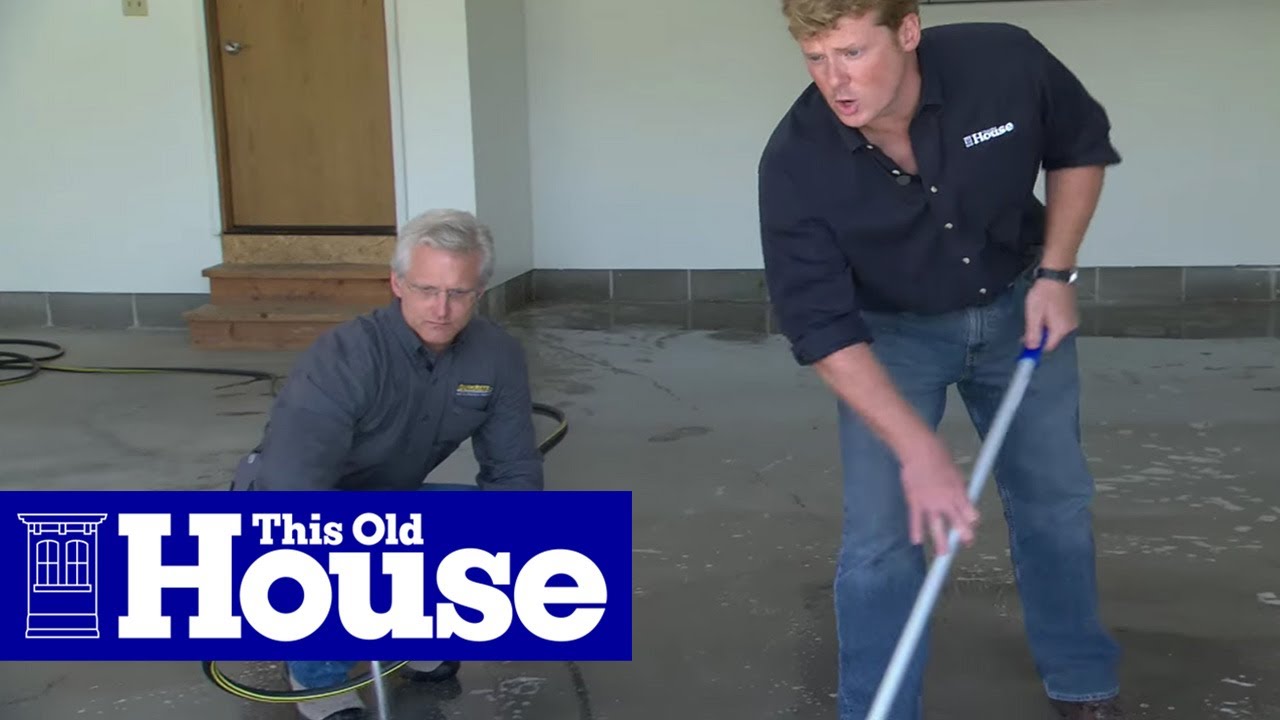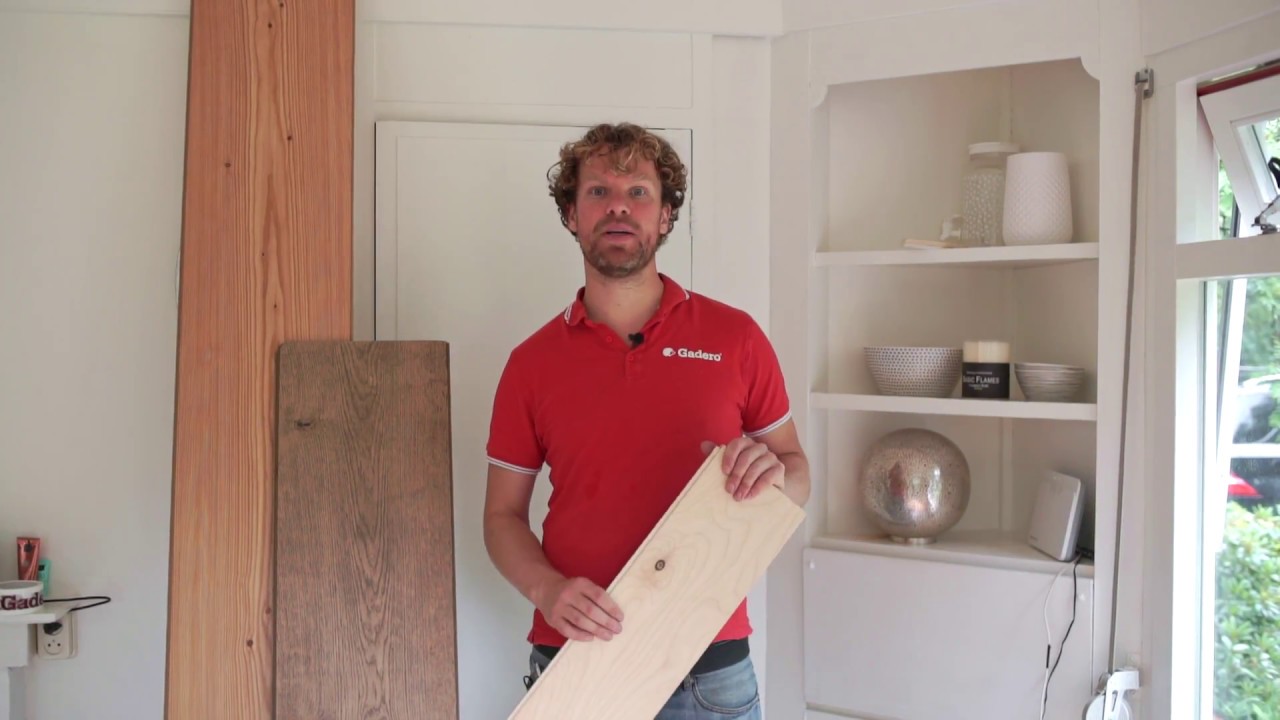garagevloer
How to Epoxy Coat a Garage Floor: A Complete Guide | This Old House
Are you tired of looking at your dull and stained garage floor? It’s time to give it a makeover with an epoxy coating. Epoxy coatings not only enhance the look of your garage floor but also provide a durable and long-lasting finish that can withstand heavy use and spills. In this comprehensive guide, we will walk you through the process of epoxy coating a garage floor, from preparation to application, so you can achieve professional results.
Table of Contents
- Introduction
- Benefits of Epoxy Coating
- Choosing the Right Epoxy Coating
- Preparation
- Application Process
- Maintenance and Care
- Questions and Answers
- Conclusion
Benefits of Epoxy Coating for Your Garage Floor
Epoxy coating offers numerous benefits for your garage floor. Not only does it provide a beautiful and glossy finish, but it also offers exceptional durability and resistance to chemicals, stains, and impacts. Here are some of the key benefits of epoxy coating:
- Enhanced appearance: Epoxy coating gives your garage floor a professional and high-end look. It comes in a variety of colors and finishes, allowing you to customize the appearance to match your style.
- Durability: Epoxy coating creates a tough and resilient surface that can withstand heavy traffic, including vehicles, without showing signs of wear and tear.
- Chemical resistance: Epoxy coatings are highly resistant to chemicals, including oil, gasoline, and solvents. This makes them an ideal choice for garage floors where spills are common.
- Easy to clean: Epoxy-coated floors are smooth and non-porous, making them easy to clean. Basic sweeping and occasional mopping with a mild detergent are all that’s needed to keep your garage floor looking pristine.
- Improved safety: Epoxy coatings can be customized with anti-slip additives to enhance traction and reduce the risk of accidents in your garage.
Choosing the Right Epoxy Coating
When it comes to choosing the right epoxy coating for your garage floor, there are a few factors to consider:
- Type of epoxy: There are two main types of epoxy coatings: solvent-based and water-based. Solvent-based epoxies are more durable and have a longer lifespan, but they can emit strong odors during application. Water-based epoxies are easier to work with and have lower VOC emissions.
- Finish: Epoxy coatings come in various finishes, such as high-gloss, satin, or matte. Consider your desired aesthetic and the level of sheen you prefer.
- Color: Epoxy coatings are available in a wide range of colors. Select a color that complements your garage’s overall design and style.
- Thickness: The thickness of the epoxy coating determines its durability and resistance to impacts. Thicker coatings provide better protection against abrasions and heavy use.
- Quality: Opt for a high-quality epoxy coating from a reputable manufacturer to ensure optimal results and longevity.
Preparation
Proper preparation is crucial for achieving a successful epoxy coating on your garage floor. Follow these steps to prepare your garage floor:
- Clear the space: Remove all items from your garage, including cars, tools, and storage items. This will give you a clean and clear surface to work with.
- Repair any damage: Inspect your garage floor for cracks, chips, or other damages. Use a concrete repair compound to fill in any imperfections and allow it to dry completely.
- Clean the floor: Thoroughly clean the floor to remove any dirt, dust, or grease. Sweep or vacuum the surface, and then use a degreaser to remove any oil or grease stains. Rinse the floor with clean water and allow it to dry.
- Etch the floor: Etching the floor with an acid-based solution will create a slightly rough surface that allows the epoxy to adhere better. Follow the manufacturer’s instructions for the specific etching product you choose.
- Test for moisture: Moisture can interfere with the adhesion of the epoxy coating. Perform a moisture test by taping a plastic sheet to the floor and leaving it for 24 hours. If moisture accumulates under the plastic, you’ll need to address the issue before proceeding.
Application Process
Now that you’ve prepared your garage floor, it’s time to apply the epoxy coating. Follow these steps for a successful application:
- Prime the floor: Apply a coat of epoxy primer to the floor using a roller or brush. This will ensure proper adhesion and enhance the longevity of the epoxy coating. Allow the primer to dry according to the manufacturer’s instructions.
- Mix the epoxy: Follow the manufacturer’s instructions to mix the epoxy coating. Use a mixing paddle or drill attachment to achieve a thorough and consistent mixture.
- Apply the epoxy: Pour the mixed epoxy onto the floor and spread it evenly using a roller or squeegee. Work in small sections to ensure proper coverage. Use a brush to cut in along the edges and corners of the floor.
- Add decorative flakes (optional): If desired, sprinkle decorative flakes onto the wet epoxy to add texture and visual interest. Allow the epoxy to cure for a few minutes, and then use a roller to lightly press the flakes into the surface.
- Allow curing: The epoxy coating will take several hours to dry and cure. Follow the manufacturer’s instructions for the recommended curing time. Avoid walking or driving on the floor until it’s fully cured.
- Apply a topcoat (optional): For added durability and shine, you can apply a clear topcoat over the cured epoxy coating. This will provide an extra layer of protection and enhance the overall appearance.
Maintenance and Care
To ensure the longevity and beauty of your epoxy-coated garage floor, follow these maintenance and care tips:
- Regular cleaning: Sweep or vacuum the floor regularly to remove dirt and debris. Mop with a mild detergent as needed.
- Avoid harsh chemicals: While epoxy coatings are resistant to most chemicals, avoid using harsh solvents or cleaners that can damage the finish.
- Protect against scratches: Place rugs or mats near entryways and high-traffic areas to prevent scratches from dirt and gravel.
- Prevent moisture damage: Wipe up any spills immediately to prevent moisture from seeping into the epoxy coating.
- Reapply topcoat (as needed): Over time, the topcoat may wear off. If you notice signs of wear, consider applying a fresh topcoat to maintain the integrity of the epoxy coating.
Questions and Answers
Can I apply epoxy coating over my existing garage floor coating?
Yes, you can apply an epoxy coating over an existing garage floor coating. However, it’s important to ensure that the existing coating is in good condition and properly adhered to the floor. If there are any signs of peeling, flaking, or bubbling, it’s recommended to remove the old coating before applying a new epoxy coating.
How long does an epoxy-coated garage floor last?
An epoxy-coated garage floor can last for many years with proper maintenance and care. The lifespan of the coating depends on factors such as the quality of the epoxy, the amount of traffic the floor receives, and how well it is maintained. On average, a well-applied epoxy coating can last between 5 to 10 years.
Can I drive on my epoxy-coated garage floor?
Yes, you can drive on an epoxy-coated garage floor. Epoxy coatings are designed to withstand the weight and pressure of vehicles. However, it’s important to avoid sudden turns or aggressive maneuvers that can cause tire marks or skid marks on the surface. Regular maintenance and prompt cleaning of any oil or fluid spills will help preserve the appearance and performance of the epoxy coating.
Can I install an epoxy coating on a garage floor with moisture issues?
It’s generally not recommended to install an epoxy coating on a garage floor with moisture issues. Moisture can compromise the adhesion of the epoxy and lead to blistering or peeling. Before applying an epoxy coating, ensure that your garage floor is properly sealed and free from moisture problems. If you’re unsure about the moisture content, consult a professional for guidance.
Is it possible to remove an epoxy coating from a garage floor?
Yes, it is possible to remove an epoxy coating from a garage floor. There are several methods for removing epoxy, including grinding, shot blasting, or using epoxy stripping products. These methods can be labor-intensive and may require professional assistance. It’s important to follow the manufacturer’s instructions and take necessary safety precautions when removing an epoxy coating.
Conclusion
Transforming your garage floor with an epoxy coating is a rewarding project that offers both aesthetic and practical benefits. With the right preparation, application, and maintenance, you can enjoy a beautiful, durable, and long-lasting garage floor for years to come. Follow the steps outlined in this guide, and soon you’ll have a garage floor that will impress both you and your guests.
This Old House host Kevin O’Connor assists epoxy-coating expert Doug Fasching in creating a good-looking, hardwearing, …





